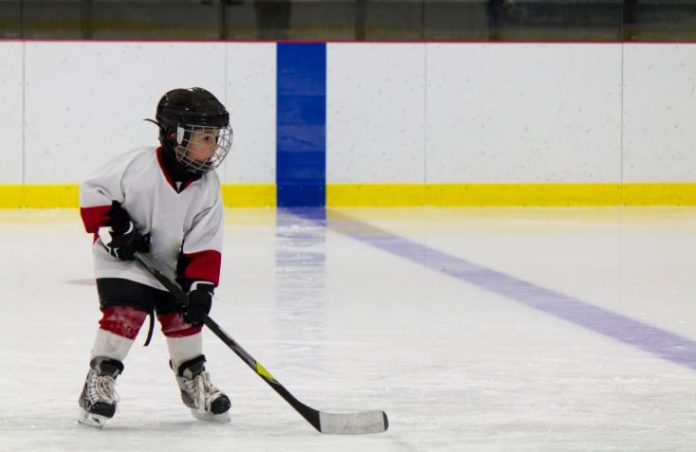Ice hockey accounts for nearly half of all traumatic brain injuries among children and youth participating in organized sports who required a trip to an emergency department in Canada, according to a new study out of St. Michael’s Hospital.
The results are part of a first-of-its-kind study led by Dr. Michael Cusimano that looked at causes of sports-related brain injuries in Canadian youth and also uncovered some prevention tactics that could be immediately implemented to make sports safer for kids.
“Unless we understand how children are getting hurt in sport, we can’t develop ways to prevent these serious injuries from happening,” said Dr. Cusimano, a neurosurgeon and the lead author of the study. “One would think that we know the reasons why kids are having brain injuries in sports, but until know, it was based mainly on anecdotes.”
The study used data from The Canadian Hospitals Injury Reporting and Prevention Program to look at the almost 13,000 children and youth aged 5-19 who had a sports-related brain injury between 1990 and 2009.
The researchers categorized injuries by players’ ages, what sport they occurred in and what mechanisms had caused them – “struck by player,” “struck by object” (such as net or post), “struck by sport implement” (such as ball or stick), “struck by playing surface” and “other.”
Hockey accounted for 44.3 per cent of all injuries and almost 70 per cent of them occurred in children over 10 as a result of player-to-player contact or being hit into the boards.
Dr. Cusimano said they expected to see high numbers in hockey because it’s Canada’s “national sport.”
“This shows that body contact is still an area where we need to make major inroads to preventing brain injuries,” Dr. Cusimano said. “For example, enforcing existing rules and making more effective incentives and disincentives about checking from behind could make huge improvements.”
Nineteen per cent of the youth who suffered brain injuries got them during soccer, with most in the 10 to 14 or 15 to 19 age group. In these age ranges, the most common cause of injury was being struck by another player, kicks to the head or head-on-head collisions. In the younger group, age five to nine, players were more likely to suffer a traumatic brain injury from striking a surface or a goal post than those in older groups.
“There’s a really straightforward solution here,” Dr. Cusimano said. “Padding the goal posts could have potentially prevented a large number of these brain injuries in young children.”
The results also found that the youngest age group was at the highest risk for getting seriously injured in baseball. Most of the 15.3 per cent of injuries occurred in children under the age of 14, with 45 per cent of them in children under nine.
Ball and bat injuries were most common, with the majority of injuries caused because the players stood too close to the batter or bat and were not supervised by an adult.
“These results give us a very specific prevention message for kids under nine who play baseball: make helmets and supervision a mandatory,” said Dr. Cusimano. “The younger the child, the more supervision they need when using things like bats and balls. Simple rules around not being close to the batter can be taught to children and adults.”
Football and rugby accounted for 12.9 per cent 5.6 per cent of injuries respectively, and the majority of them were caused by tackling.
Basketball made up 11.6 per cent of injuries, mostly caused by player-to-player elbowing, which increased as players got older.
“There is a real opportunity for prevention here,” Dr. Cusimano said. “Having educational programs, proper equipment, rules and other incentives that support a culture of safety in sports should be a mandate of parents, coaches, players, sports organizations, schools, sports sponsors, and other groups like governments.”
Source: St. Michael’s










